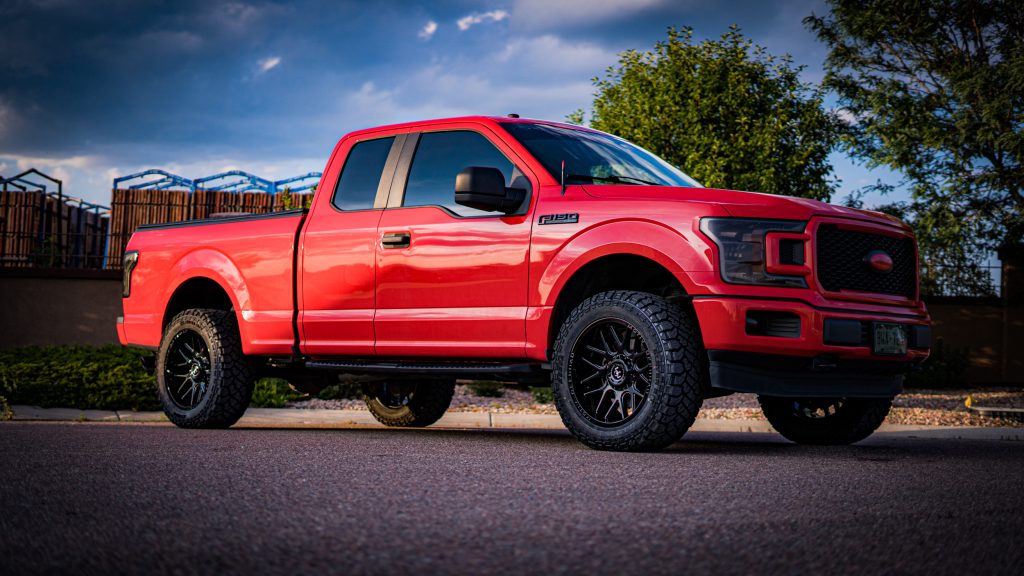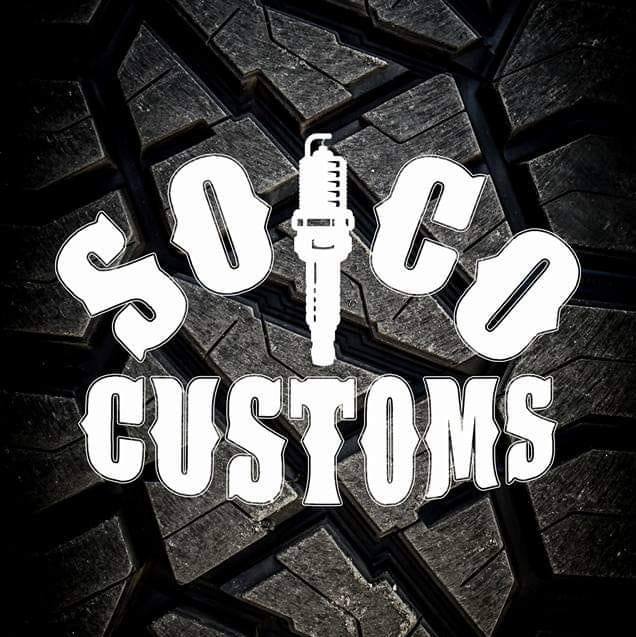One of the most popular modifications you can make it to your truck, SUV, or Jeep is to lift it by adding a lift kit. Many people do it to accommodate larger tires. Others do it for greater trail performance and ground clearance. Others simply want to look good when driving down the street in their truck vehicle equipped with larger tires.
Before you lift your truck or SUV, there are several things to take into account, regardless of what your goal is. After all, you are making significant modifications to your vehicle. And when you do that, you need to fully understand the variables, as there are many . Many things can go wrong, and even one modification may require several others. And if you're not careful, things could easily get out of hand.
So, what do you need to know to make sure that lifting your truck doesn't turn into a complete mess? Fortunately for you, we took the time to put together a list of things you should consider before installing a new lift kit and suspension system.
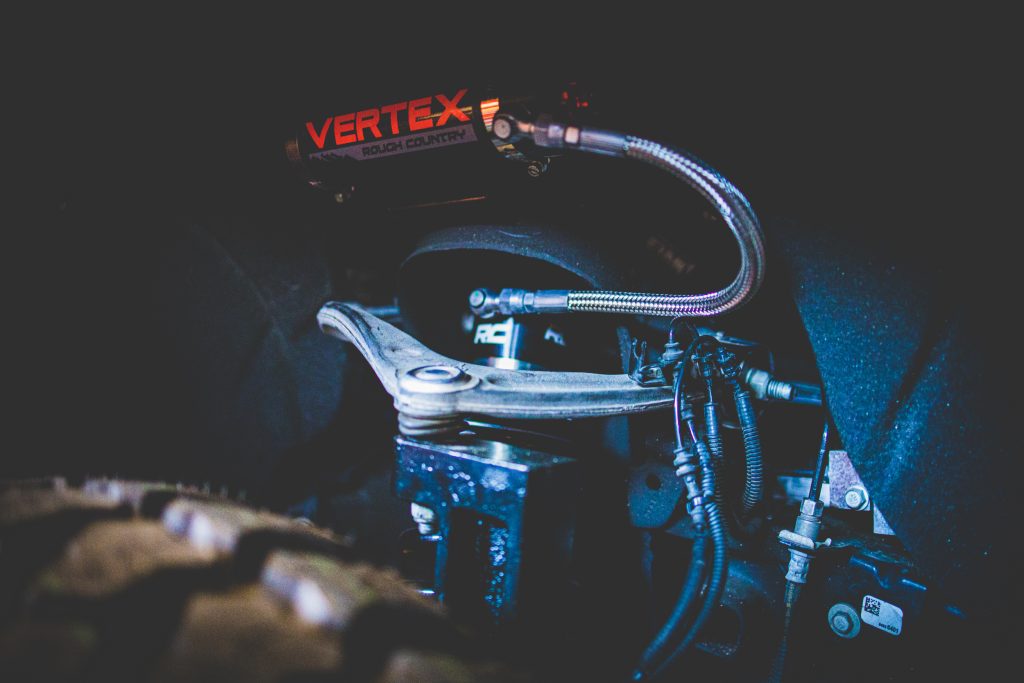
While some of the items on this list may seem obvious, hopefully this list helps you fully understand what you need and make a better decision for you. Before you jump into anything, the more you know and the more research you've done, the better.
So...keep reading if you're considering lifting your vehicle.
How Do You Use Your Truck or SUV?
Amazingly, a lot of people don't consider this before lifting their vehicle. Prior to installing any lift, you should give careful thought to how you will use your rig. And there's a difference between how you picture yourself using your truck and how you actually use it every day. It might not be a good idea to have 44-inch tires and a 8-inch lift if your daily commute is 40 miles one way.
You might not want a higher center of gravity and heavier 44-inch tires if you tow a lot of weight. And if you're loading and unloading ATVs and dirt bikes from your truck every weekend, you don't want your truck bed sitting 5 feet off the ground.
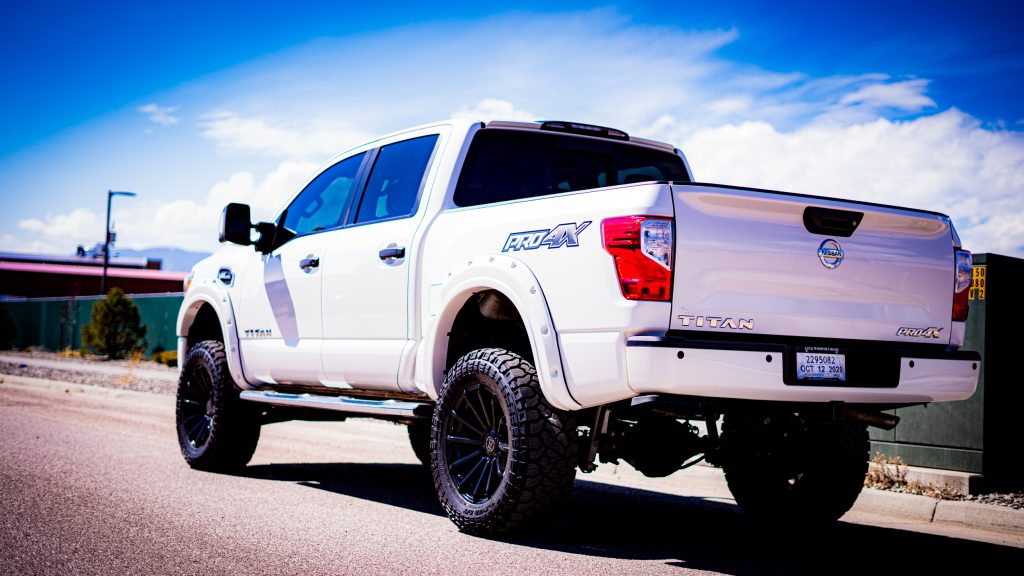
We don't want to rain on your parade by any means. But, the goal is to build a vehicle for how you would actually use it most of the time, day in and day out. You want a truck you can use and that isn't in the shop all the time getting fixed . Build it for the way you will use it.
How Much Money Do You Have to Spend?
Any decision you make will be influenced by your budget. All your fantasizing about 40-inch tires won't help you if you don't have the money to buy them or the suspension necessary to clear them. We're not telling you to forgo purchasing the lift kit you've always wanted.
Go ahead...shoot for the stars!!! However, just be realistic about your financial situation and what can be designed and built for that budget.
It’s impossible to predict how much everything is going to cost after it’s all said and done without knowing all the variables. Because it is based on your specific vehicle, you must do your own homework. But, in general, the bigger the lift you want, the more it will cost.
Smaller leveling kits with stock shocks can be purchased for as little as a couple hundred dollars. A good set of coilovers will likely set you back at least $1,000. And larger drop-down style lifts usually start at $1,500 and up. Remember to factor in the price of wheels and tires as well as installation labor if you aren't doing it yourself.
It can all add up pretty quickly.
What Are The Unkown and Hidden Costs
Make sure you're comparing like products when you're looking at lift kits. We've seen a number of folks choose lift kits because they were less expensive, only to find out later that they were missing some essential components like new brake lines, U-bolts, etc. Verify that the lift kits you're comparing are same; otherwise, you may incur "hidden" costs.
Aside from the suspension system, you should consider what else your vehicle will need. Depending on which lift package you choose, you may have to replace your driveshaft, modify your exhaust system, install steel braided brake lines, and/or use axle shims.
These can also add to the cost, so do your homework and talk to an experienced shop like SoCo Customs before purchasing.
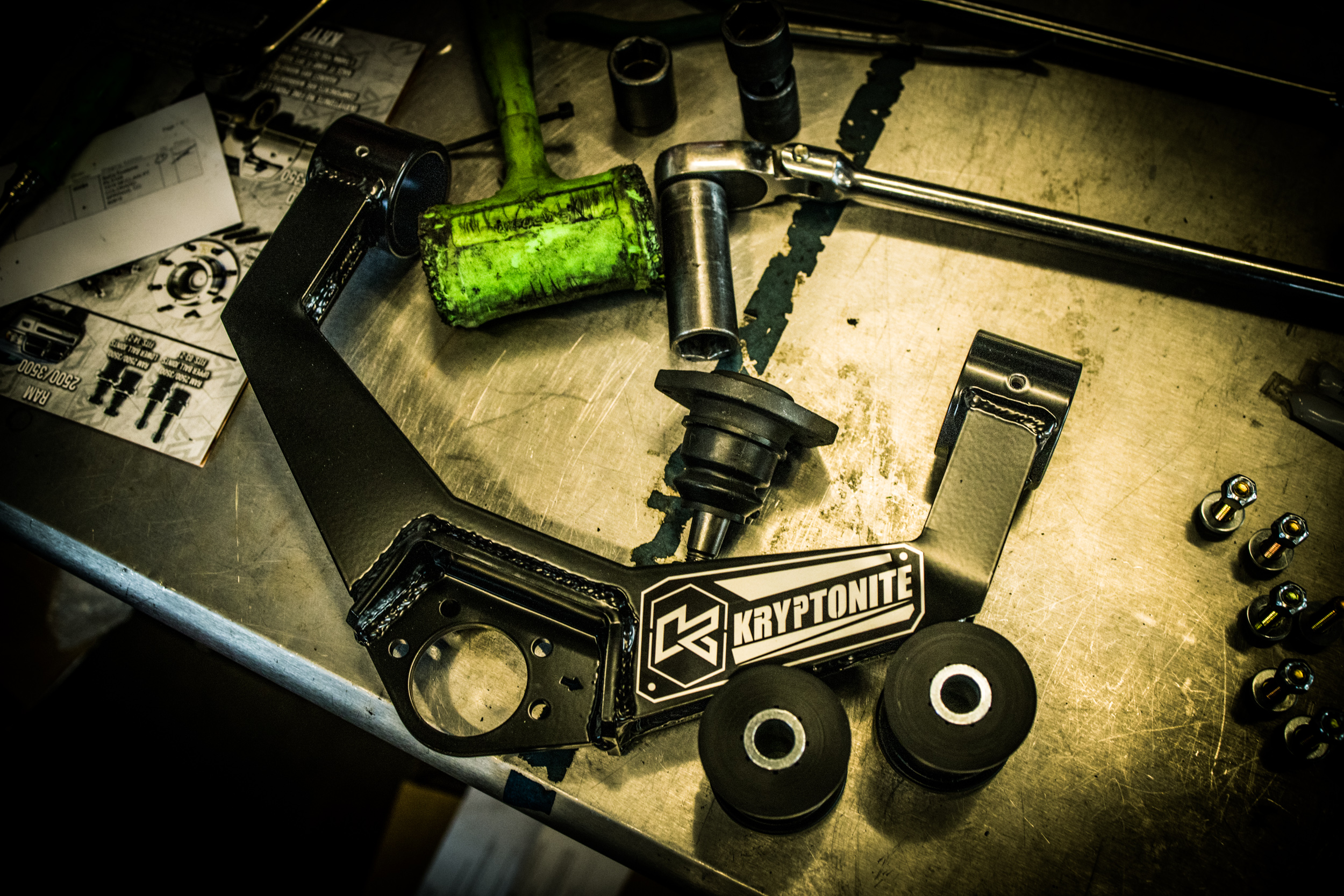
What Type Of Lift?
Your choice of lift will be determined by how much lift you need and how much money you have to spend. The least expensive option is a simple level lift that uses the original shocks. These lifts provide 1-2 inches and are the most affordable. The benefit is that maintaining the factory-supplied shocks and springs retains the cushy ride on the every day streets and highway.
As a result of the suspension's soft OEM shocks, this advantage can soon turn into a disadvantage when driving through difficult terrain.
A good pair of coil overs is the next option and has a greater cost. They typically offer 2-3 inches of lift when used with upper control arms. They offer a significant increase in control . Coil overs have a lot more fluidity with larger shock bodies, so the shocks failing or fading is not an issue. Larger pistons and larger bodies provide for superior compression and rebound damping control. They may not clear large tires, but the outcome is a suspension that performs significantly better off-road than the other options.
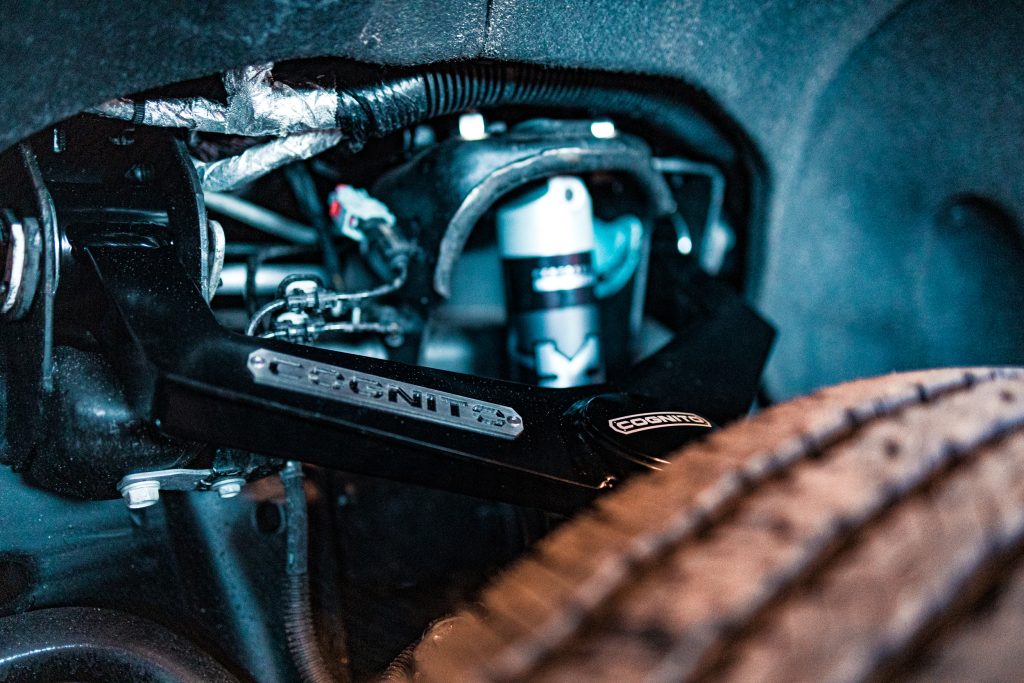
The only option available to you if you wish to run a lift more than 3 inches is a drop down lift. Most of the time, these lift kits lower (drop down) the lower cross members and connect to the factory A-arms with a longer spindle. They quite often provide 6 inches of lift and can accommodate 35-inch tires, depending on the vehicle.
For independent front suspension (IFS) vehicles wanting to run bigger tires and lifts, they are the only option. The majority of them barely affect wheel travel at all. Nevertheless, many offer shock upgrade choices to enhance the off-road ride.
Purchase the Correct Shocks
Your shocks are crucial to your truck's performance in the dirt. They can also help on the pavement on poor roads. A basic set of shocks is included with the majority of suspension systems. They should be adequate for daily highway use; However, you should look into any aftermarket shocks if you intend to genuinely dirty up your vehicle. Larger-bodied shocks will provide better cooling and improved off-road control.
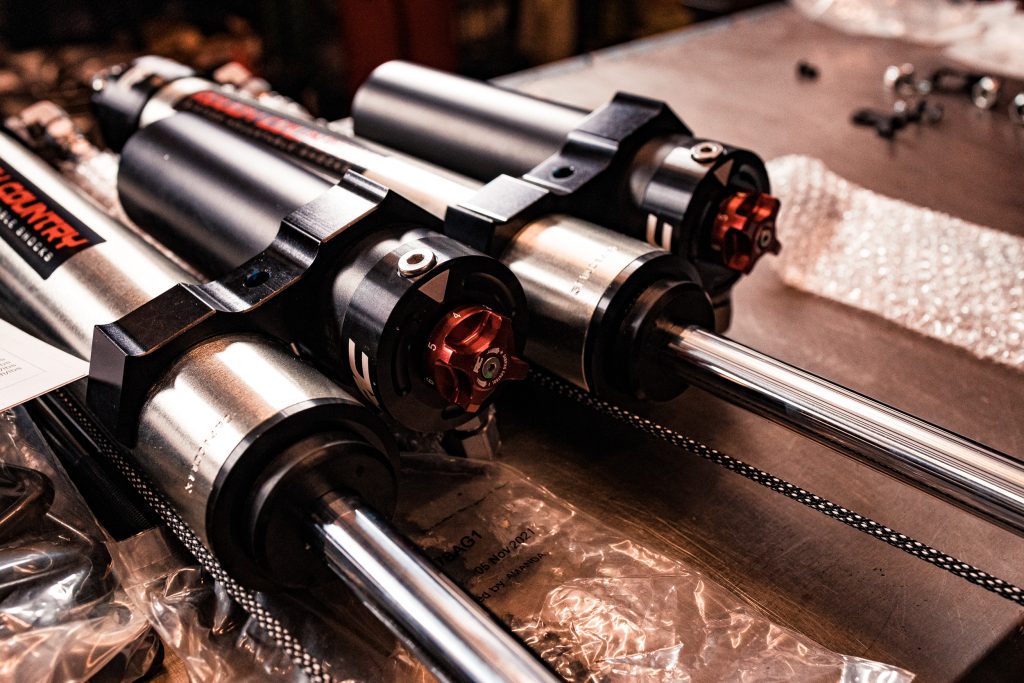
Choose the Proper Tires
You can have the nicest suspension in the world, but you won't be happy if you don't buy the correct tires. Furthermore, when we refer to the "correct" tire, we also don't mean a certain brand. Get the proper tire for how you actually operate your vehicle. A super-aggressive mud-terrain tire certainly isn't your best option if you travel every day and put a lot of highway miles on your vehicle.
Additionally, if you wheel aggressively every weekend on trail and offroad terrain, a gentle all-terrain won't do. Choose a tire that will serve your needs rather than merely one that you think looks nice. People who choose tires only based on appearance have been known to progressively go crazy as a result of the tire's constant noise on the highway. We don't want that to happen to you.
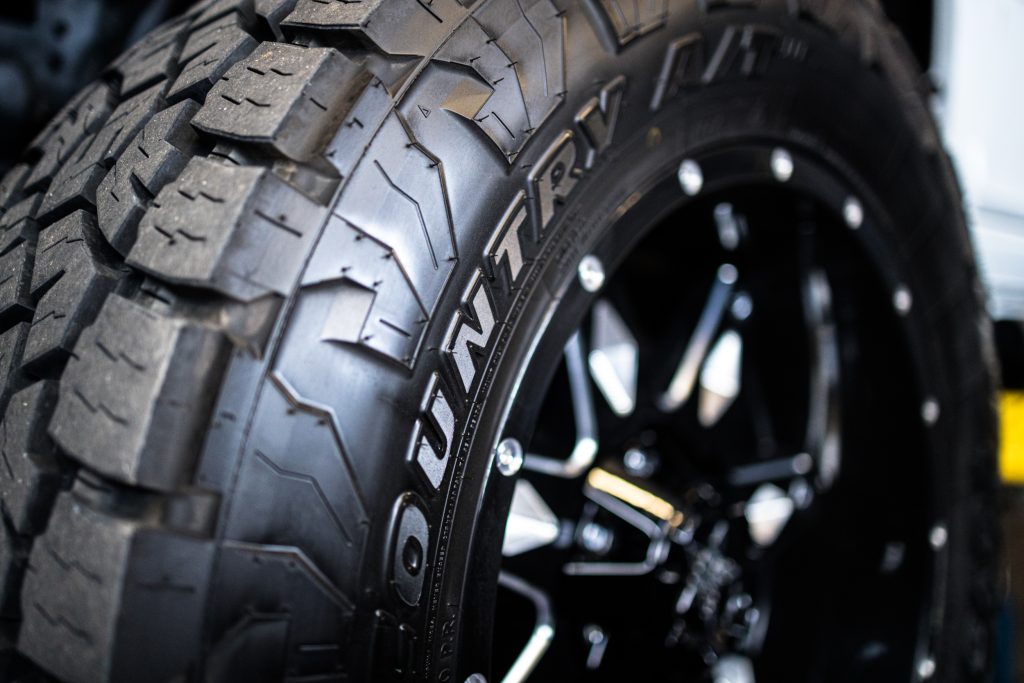
Fuel Mileage
One frequently asked question is "How much will a lift and larger tires influence my gas mileage". Much of that depends on the size of the tire and the size and type of lift you install.
There is just no way to get around the physics and aerodynamics principles. Larger profiles are harder to propel through the air, which increases drag. Additionally, your drivetrain has to turn heavier tires so it takes more power which requires more fuel for the same distance. Our recommendation is to stick with a modest lift and tires that are only a few inches larger than stock if gas mileage is an issue. Your gas mileage will still suffer, but it will suffer less. Adjust your expectations to expect poor gas mileage when you chose a 6-inch lift and 37-inch tires.
There's no way around it. With the benefits come tradeoffs.
Once it’s all done…
After installing a lift, you should confirm that all of the vehicle's systems will function and make sure the speedometer is accurate. Due to the complexity of modern automobiles, modifications can have an impact on stability control, for example. These systems have been around for a long time, but they have never been more sophisticated. It is crucial to understand that they function once your vehicle is lifted and fitted with larger tires.
In the end, there's a lot that goes into properly selecting and installing a liftgate for your truck or SUV. Hopefully, after reading this article, you'll be equipped with at least some questions to ask and a better understanding of the process and all of the different variables involved.
As always, SoCo Customs is here to answer any questions you have and get you set up with the proper lift and install it for you so you never have to worry about it or have any headaches associated with the process. We take care of everything, including helping you select the right lift kit for your needs and wants and selecting the proper components, wheels and tires to get you exactly what you need.
